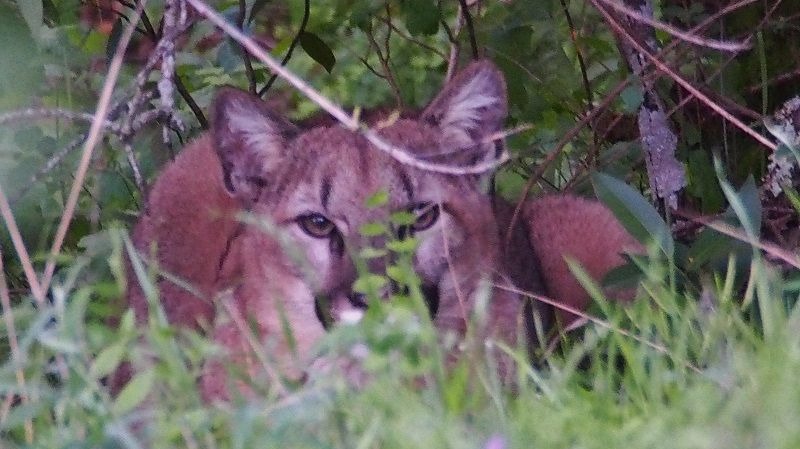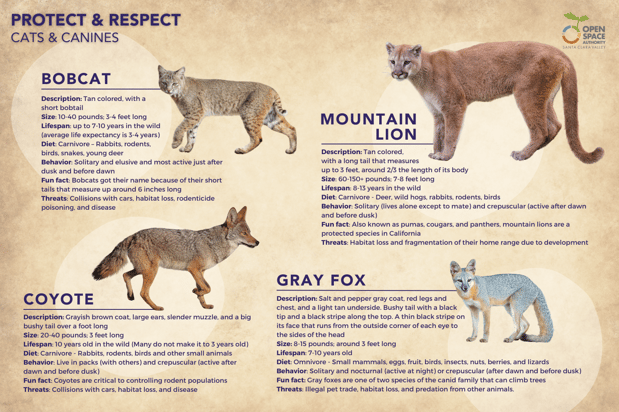When you visit a park or open space, you step into the home of a variety of plants and animals. While you are likely to see small critters like birds, ground squirrels, and insects on the trail, you may also see more elusive and commonly misunderstood creatures like coyotes, bobcats, mountain lions, and rattlesnakes. But rest assured, these animals are not out to get you. Keep reading to learn how you can protect local wildlife (and yourself) out on the trail. (ESPAÑOL | TIẾNG VIỆT).
It's important to remember that coyotes, bobcats, mountain lions, and rattlesnakes will likely try to avoid you whenever possible. These animals are important contributors to their ecosystems, but sadly, they are becoming increasingly threatened by habitat loss, climate change, and human activity.
Here's what you can do to help protect local wildlife:
Learn about local wildlife!
Can you tell a mountain lion from a bobcat? Or a gray fox from a coyote? Check out this guide to learn more about the animals that live in Santa Clara Valley’s open spaces (click to view full size).
And while you're at it...
Educate your kiddos
- Hiking is a great way to pass on your love and respect for nature to the next generation!
- Remember to keep children close to you on the trail and teach them why it is safer (and more fun!) to hike together. Wildlife do not want to harm people, but could get startled or act defensively if encountered by a child running ahead on the trail.
- If you do encounter wildlife while you are hiking with small children, squat to pick them up (do not bend over, which could trigger a prey hunting instinct) or keep your little one close to you and back away slowly.
And speaking of children...
Admire baby animals from afar
Baby animals are cute, but people aren’t the only ones protective of their young! Be watchful and do your best not to come between a mother and her baby.
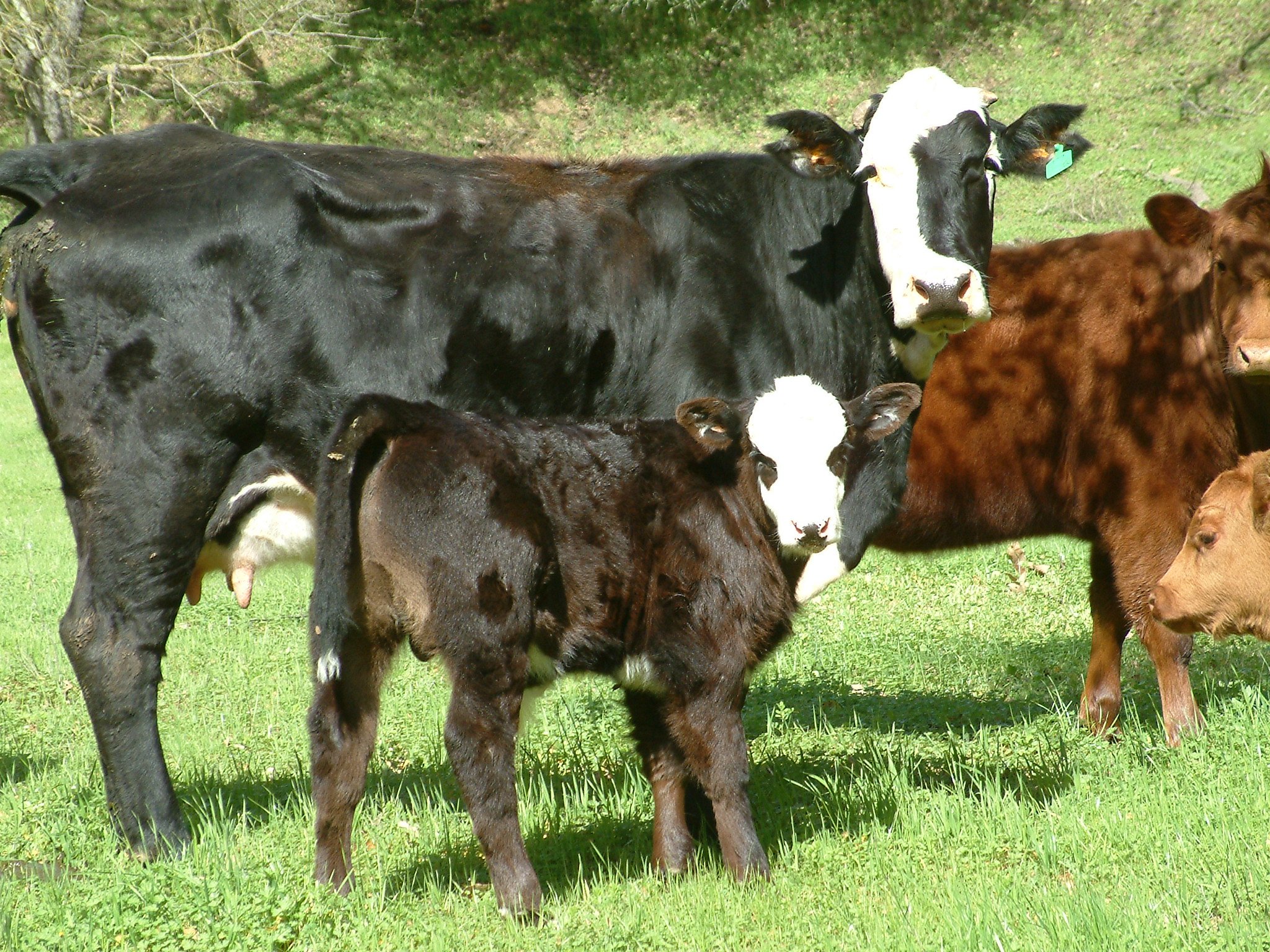
In general, we recommend that you...
Keep a respectful distance from all wildlife
- Getting too close to wildlife can cause harm to the animal and to you.
- Just because you can pick up a lizard or snake, doesn't mean you should. Attempting to handle wild animals leads to unnecessary stress for the animal and can also result in getting bitten. (No, thanks!)
- It's important to never remove any animal from the wild as this can harm to local populations.
It's also important to...
Keep wildlife wild
- Some open spaces don't have trash cans because they attract wildlife. You can help keep wild animals wild by keeping your food (including apple cores/banana peels) to yourself and packing out your trash during your outdoor adventures.
- At home, you can avoid unwanted wildlife encounters by not leaving pet food outside, which could attract skunks, racoons, and other critters.
- Feeding wild animals can harm their health, disrupt their normal eating habits, and even attract them to places used by humans, like on the trail.
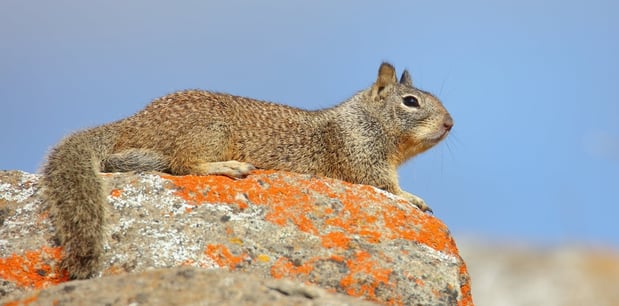
And naturally, some animals will end up on the trail when it's...
Nature time
Many animals are crepuscular, which means they are most active after dawn and before dusk. So keep an eye out during these times of day.And if you do find yourself out in wildlife territory during these hours...
Bring a friend
The buddy system is an easy and fun way to increase your safety out in nature.
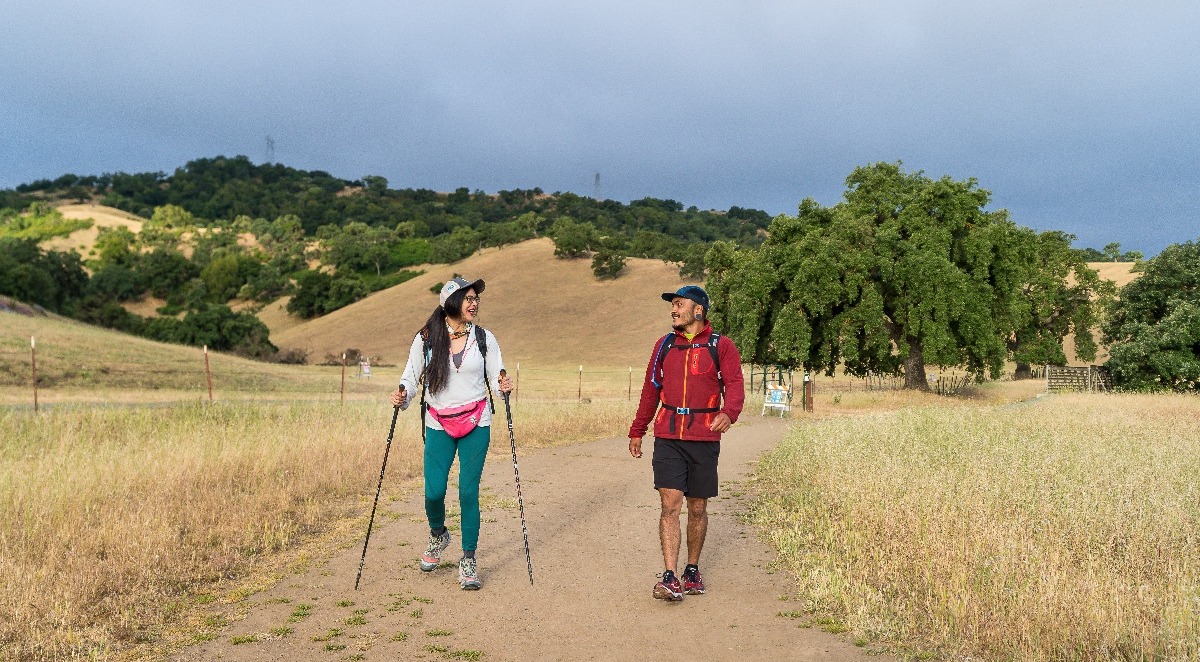
Hiking with other people also helps you...
Make (a little) noise
- Another effective way to alert wildlife to your presence (and give them time to get off the trail) is to make a little bit of noise.
- We're not suggesting you bring your boom box, which is disruptive to other people and wildlife, but if you are with others, just talking with each other should do the trick.
- If you are alone, use hiking poles, or sing your favorite tune. (And it never hurts to carry a safety whistle in the event of any emergency.)
But no matter what...
Be present and aware of your surroundings
- This is a great general safety tip - whether it helps you spot an animal or avoid a misstep.
- So, remove an earbud (or both if you can), and try to stay present. You might even spot a few birds!
And if you see something bigger...
know what to do if you see wildlife on the trail
Mountain lions and bobcats
- If you see a wildcat, back away slowly and do not run which could trigger a hunting instinct.
- In the extremely rare event that a bobcat or mountain lion follows you, make yourself look as big as possible, shout or make loud noises, or spray water at them.
- Lift small children off the ground by bending your knees (while keeping your upper body tall) to squat down. Do not bend over.
- In the (again rare) event of an attack, defend yourself.
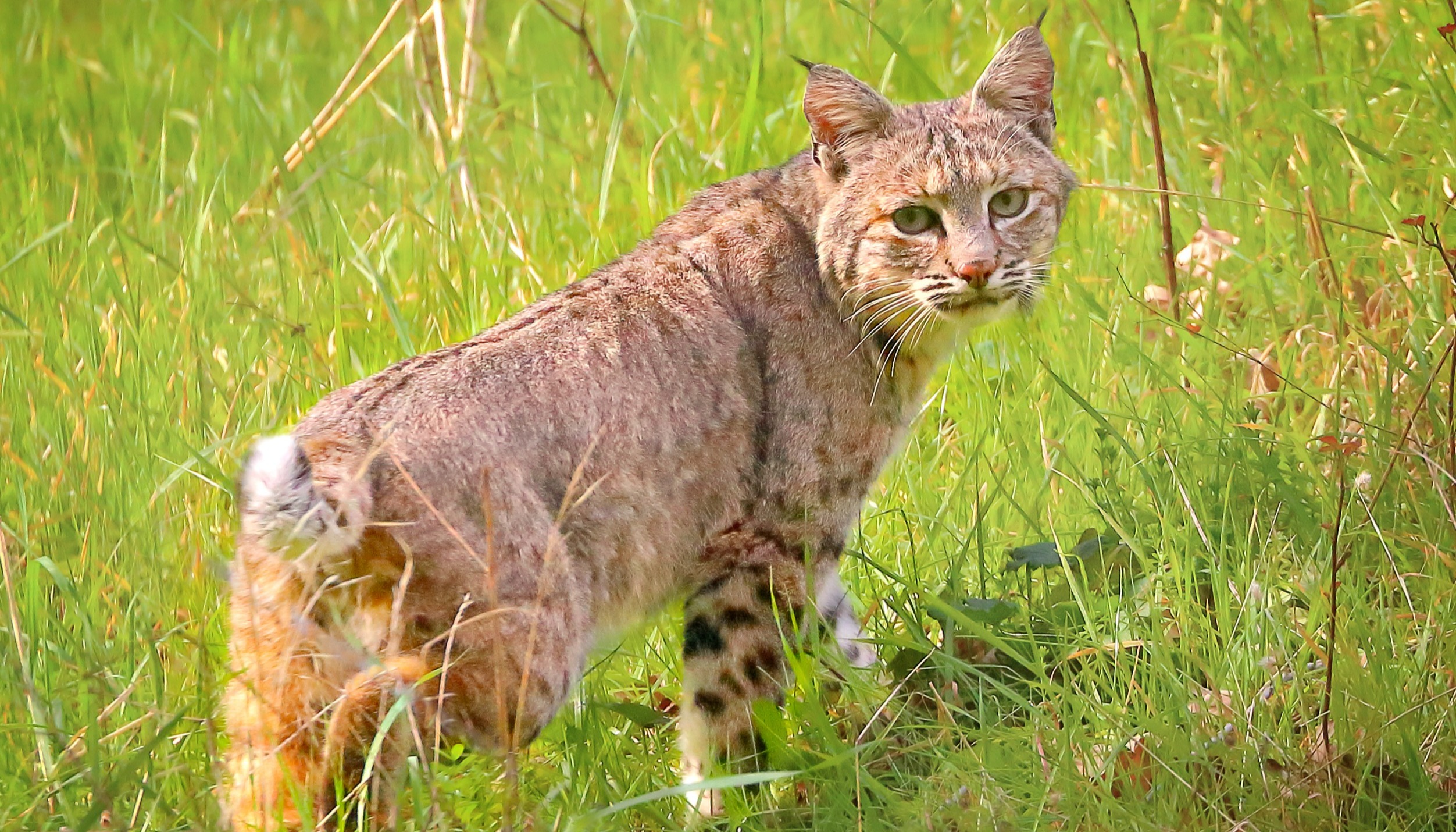
Coyotes
Coyotes are typically fearful of humans. If one does show interest in you, or your children, make yourself large by raising and waving your arms, and make lots of noise. This should send them running.
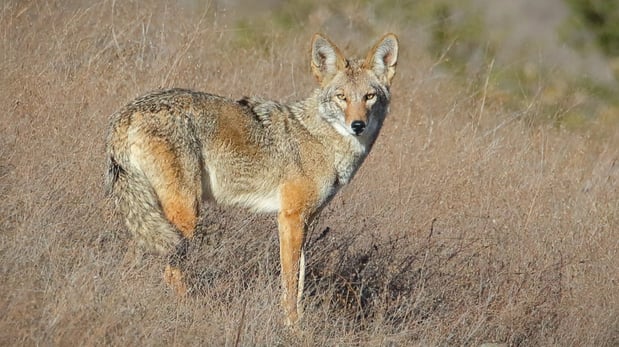
Gray fox
Foxes are not much to worry about. These creatures are shy of humans and are easily spooked by loud noises.
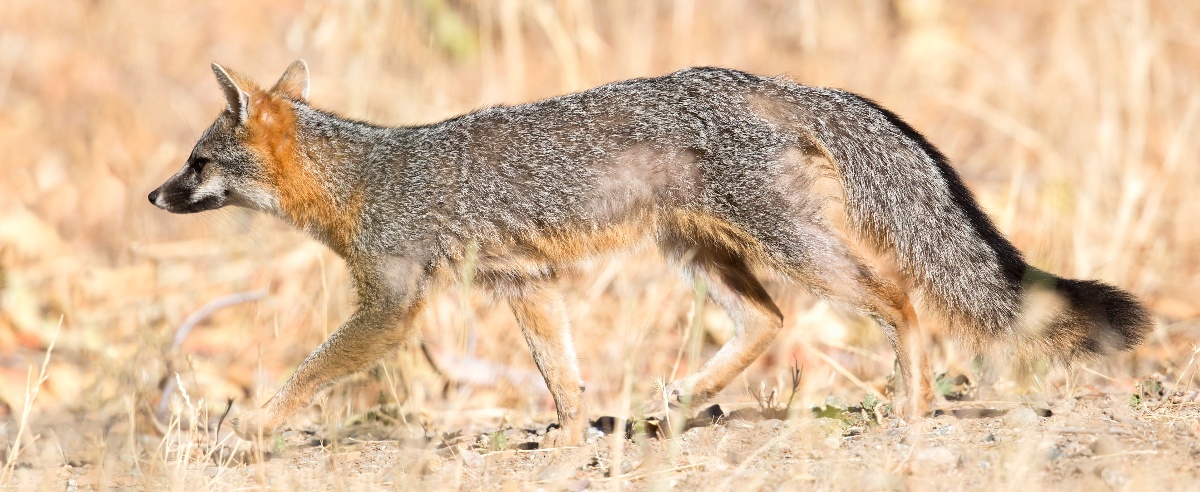
Snakes
- Snakes do not want to hurt you. In fact, most want to get out of the way. Often they will move along when they sense the vibrations from footsteps or hiking poles on the trail.
- If you come across a snake on the trail, stop, assess the situation, slowly back away, and wait at a safe distance for the snake to leave.
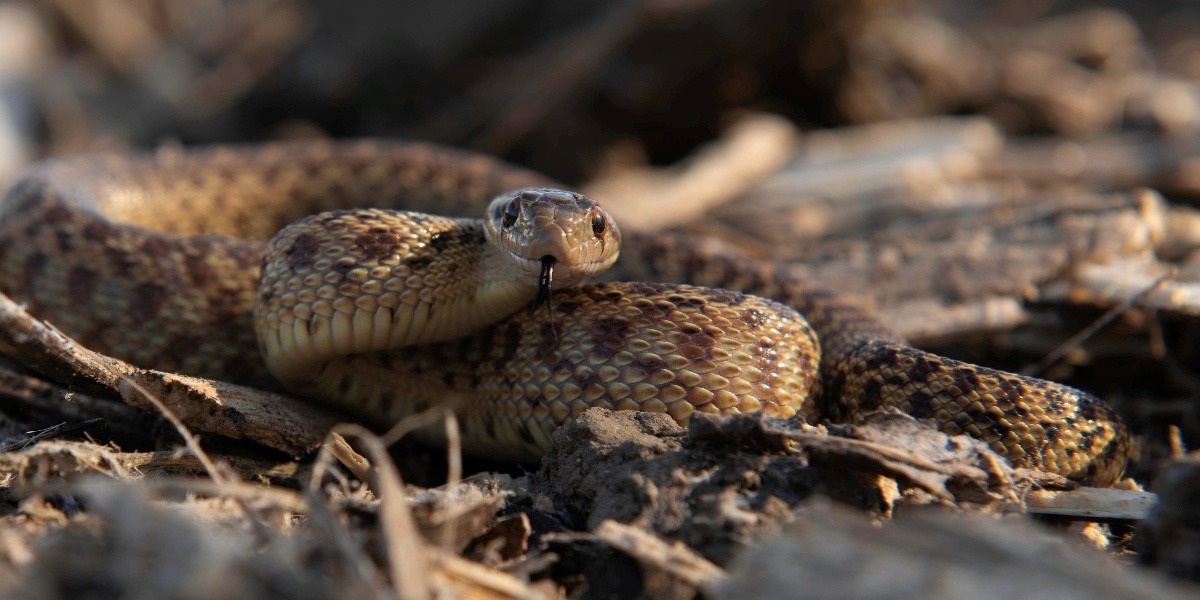
Ticks
Avoid ticks by staying on the trail, using insect repellent, wearing long sleeves and pants, and tucking your pants legs into your socks.
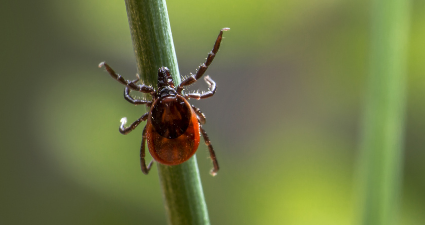
We thank you for respecting and protecting local wildlife!
Related Articles:
Beginner's Guide to Hiking (English, Spanish, Vietnamese)
Tips to Keep Yourself Safe on the Trail
